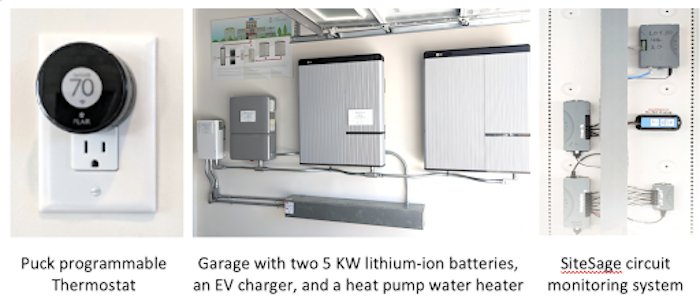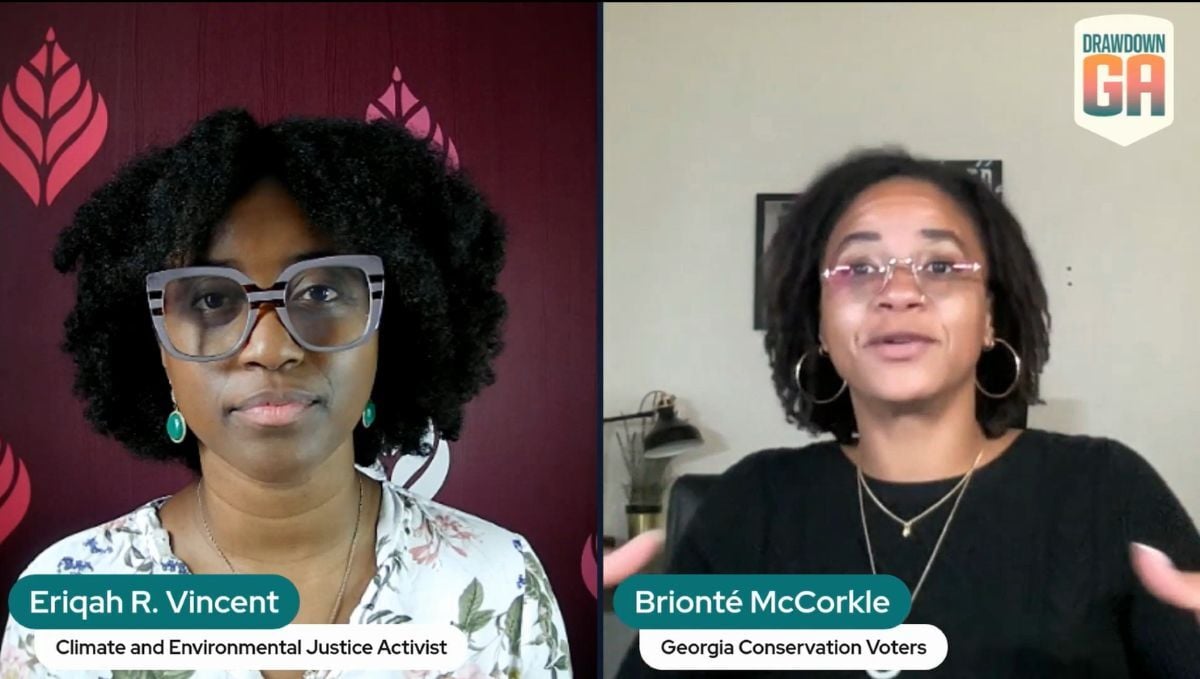Across the United States, local governments, businesses, and people are pushing for cleaner and more reliable electricity grids. One lesser-known but impactful solution for reaching this goal is demand response (DR). What is DR, and how can it help Georgia build a cleaner and more reliable grid? Let's explore.
Demand Response: A Climate Solution for Georgia
Demand Response programs can help reduce peak load, shift the timing of electricity usage (for example, running the dishwasher overnight instead of after dinner), or reduce electricity demand overall. Electricity providers often meet peak demand using higher emitting and more expensive sources of energy. When users can shift more of their demand to off-peak hours, power companies can rely on these sources less, reducing carbon pollution and potentially lowering prices.
DR can also facilitate greater integration of variable renewables, such as wind and solar.
How to Make Demand Response More Accessible to the Public
In a recent publication concerning Georgia’s demand response gap, the Drawdown Georgia research team found that fewer than 2% of Georgia households were enrolled in DR programs in 2019. By 2030, the study estimates that with a 20% peak load shift through increased enrollment, Georgia could reduce its CO2 emissions by about two million metric tons.
To achieve this, policy and business initiatives are needed to make demand response more accessible to the public.

One way that consumers and businesses can be encouraged to shift their electricity use is through price-based and incentive-based programs.
Under price-based DR, customers are exposed to time-varying rates, with low rates at off-peak hours and high rates during on-peak hours. Price-based DR is administered by local power companies primarily to residential and commercial participants and encourages both peak-load shifting and peak-load reduction.
Incentive-based DR rewards consumers for estimated changes in demand compared to a baseline level of electricity use. Incentive-based programs such as critical-peak rebates, direct-load control, and curtailable programs focus primarily on peak-load reduction.
DR in Action: Georgia Power's Smart Neighborhood Pilot Project
But demand response can do more than just curtail your energy use--this behavior can also help households and businesses get the best out of other clean energy technologies, and put money back in your pockets.
Georgia is getting its first taste of this integration through Georgia Power's Smart Neighborhood pilot project "Altus at the Quarter." The result of a partnership between Georgia Power, PulteHomes, the Electric Power Research Institute, and Oak Ridge National Laboratory, 46 enhanced townhomes have been built in Atlanta. The pilot project involves the grid integration of homeowner-owned solar panels and battery storage, the direct load control of heat pumps and water heating, and the management of electric vehicle (EV) charging. The integration of these technologies will significantly reduce peak consumption, save the residences money on their energy costs, and provide a compelling case study for other home builders and homeowners.
Reducing Electricity Rates for Non-Participating Customers
While demand response can cut energy bills for homeowners like those at Altus at the Quarter, it also has the added benefit of reducing electricity rates for non-participating customers. Drawdown Georgia estimates a 20% peak load shift from the highest peak hours would result in an average annual reduction of $24.1 million in electricity costs for all Georgians.
The ability of DR to monetarily benefit households who may lack feasible access to it makes DR one of the more equitable solutions available to Georgia.
Additionally, DR confers social benefits beyond energy savings by improving environmental and public health through emissions reductions. We estimate that the achievable environmental and public health benefits from reduced pollution would be worth over $122 million in 2030.

Barriers to Scaling Demand Response as a Climate Solution
Despite its potential, there are barriers to DR participation. These programs often rely on smart appliances that are connected to the internet, such as smart thermostats or heat pump water heaters. Many low-income households are renters, and renters often lack control over the type of appliances installed in their residences.
There is also the problem of “split incentives,” where landlords own the large appliances and thermostats and pay for upgrades, but tenants receive most of the benefits as savings on their electric bills. As a result, landlords may be less motivated to invest in efficient or smart appliances. Therefore, both income level and being a renter are inversely related to the number of energy-efficiency features at home. Multifamily units occupied by low-income renters have been found to have 4.7 fewer energy-efficiency features than medium and high-income households. With 37% of Georgia households renter-occupied, failing to reach these groups restricts the potential of DR in the state.
Increasing Demand Response with Smart Usage Enrollment
An additional challenge to implementing demand response is it requires high levels of communication and trust between utilities and customers.
In a bid to increase enrollment in demand response programs, Georgia Power recently introduced a new policy to automatically enroll customers who open a new account with Georgia Power or move into a dwelling built after January 1, 2021, in a time-of-use rate known as Smart Usage. This policy will likely increase time-of-use participation by the tens of thousands each year.
While effective at increasing enrollment, the policy is a concern for some. Liz Coyle of consumer advocacy organization Georgia Watch argues some individuals automatically enrolled may not understand how the new rate system works or may find it challenging to make the lifestyle adjustments needed to curb their peak-time electricity use. This could result in electricity bills increasing for some customers. Georgia Power emphasizes the importance of increasing DR participation and that customers can opt out before the rates kick in.
Demand Response to Alter Energy Use, Generate Savings, and Reduce Georgia Emissions
Ultimately though, the best models for DR programs are those that will effectively alter energy use, which will result in savings for customers and Georgia Power alike, and benefit us all by helping to reduce emissions in our state.
To learn more about demand response programs from Georgia Power visit the Smart Usage website. Programs like this will be part of the Georgia Power rate case that is considered by the Public Service Commission in 2022.









